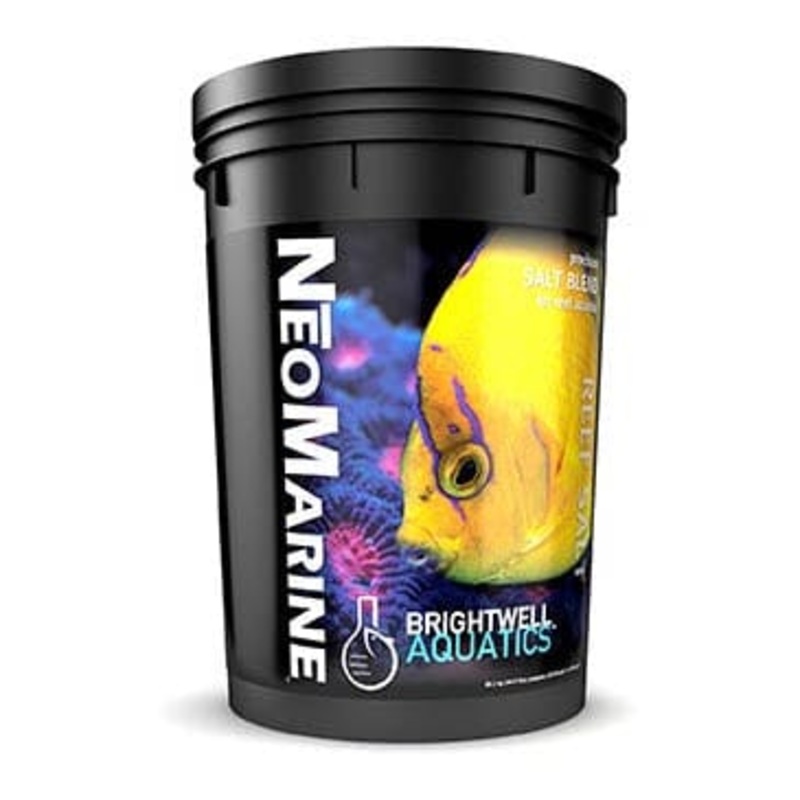 Sale!
Sale! Brightwell Aquatics NeoMarine Salt 150 Gallon – 20kg bucket
$71.50 $143.00
NeoMarine Salt 150 Gallon 20kg bucket
Precision Salt Blend for Reef Aquaria
Overview
- Extensively-researched and tested over a multi-year period, with a formulation based on current understanding of Marine Chemistry and Marine Biology as they pertain to the husbandry of all marine aquaria (e.g. reef, mixed reef, FOWLR, fish-only, mangrove, sea grass, lagoonal, brackish, etc.)
- Precision-formulated to replicate the natural seawater ratios of every major element, as well as all non-conservative minor and trace elements.
- Creates a marine environment so chemically-similar to natural seawater in all important respects that aquarium inhabitants are not likely to discern any difference between water prepared with NeoMarine and filtered natural seawater from tropical reef waters.
- Contains USP, ACS Reagent-grade, FCC Food grade and chemically assayed ingredients.
- 134 g per 1 US-gallon (3.785 L) of purified water yields a specific gravity of ~1.025 g/cm3, with a pH of ~8.30 and alkalinity of ~7.5 dKH.
- Manufactured by Brightwell Aquatics in our production facility (not outsourced) under the strictest standards of quality. Every batch is lot numbered and sampled for quality control.
- Utilizes a production process that promotes particle size uniformity and a dry, homogenous salt blend.
- Formulated by a marine scientist; not composed of seawater evaporite.
Instructions & Guidelines
Do not mix in an aquarium containing live organisms. Marine creates slight heat when mixed into water; therefore, do not handle dry Marine with wet hands. Marine may have a slight sulfurous odor when the container is first opened; this is a result of the use of anhydrous magnesium chloride and sulfate and will dissipate.
Each 134.5 g of Marine added to sufficient purified water to create 1 US-gallon total saltwater will result in specific gravity of ~1.025 g/cm3. If not using an accurate scale to measure salt, in a clean mixing vessel dissolve approximately 4 oz., or half a cup, of Marine per gallon of purified water and adjust specific gravity as needed by adding more salt or water to increase/decrease specific gravity, respectively. It is strongly recommended that water purified via reverse osmosis and/or deionization be used for seawater preparation.
Place the full amount of water you intend to mix into a mixing vessel. Heat the water to 76 to 78 deg F first before adding Marine mix. Add Marine slowly, mixing vigorously all the while! Allow the freshly-made seawater to mix thoroughly with a submersible pump for not less than one hour.
Always use an accurate hydrometer or (preferably) refractometer to determine the specific gravity of prepared seawater. Ensure that the water temperature matches that of the established aquarium.
Allow water to mix, preferably while being aerated, until pH becomes completely stable, indicating that gas equilibrium has been achieved. Although water can be used in an hour, It is strongly recommended that at least 24-hours of mixing be allowed to pass before adding the water to an established aquarium; this extra time enables gas formed during the salt dissolution to escape, further stabilizing alkalinity and pH.
Note that water temperature and mixing rate will influence the speed with which the salt goes into solution. It is recommended that 10 – 20% of the total water volume in an aquarium system be replaced every 7 – 10 days; this helps maintain proper water chemistry and consequently benefits aquarium inhabitants.
Causes of Cloudiness: Marine is an anhydrous salt, meaning that is is much drier than most salts (which are hydrated meaning they contain water, quite a bit of it). If you add Marine to water too fast, it will cloud.
Water to cold. Always heat the water to 76 to 78 deg F before you begin.
Adding too much salt or adding it too fast, or just dumping it in and allowing it to lay on the bottom of the container without stirring and agitation. Cloudiness will form under these conditions.
Not using the full volume of water. Always use the full amount of water and gradually bring up the salinity in the mixing container, adding the salt over a period of time. If you don’t you will get cloudiness.
What to do if you have mixed it wrong and it is cloudy: Cloudiness is not dangerous, it is just the formation of carbonates of divalent cations, such as calcium, into tiny particles. When added to the aquarium, it will dissolve over several days. Adding it through a fine filter sock may remove some of the particles and allow them to dissolve unseen, over time.
| Cost: | $25 |
| Free Shipping: | We offer free shipping on orders over $30. Please check the free - shipping eligibility at checkout. |
| Delivery Time: | It usually takes [3-5] business days for standard shipping. Please note that this is an estimated time frame and may be affected by local holidays, and unforeseen circumstances. |

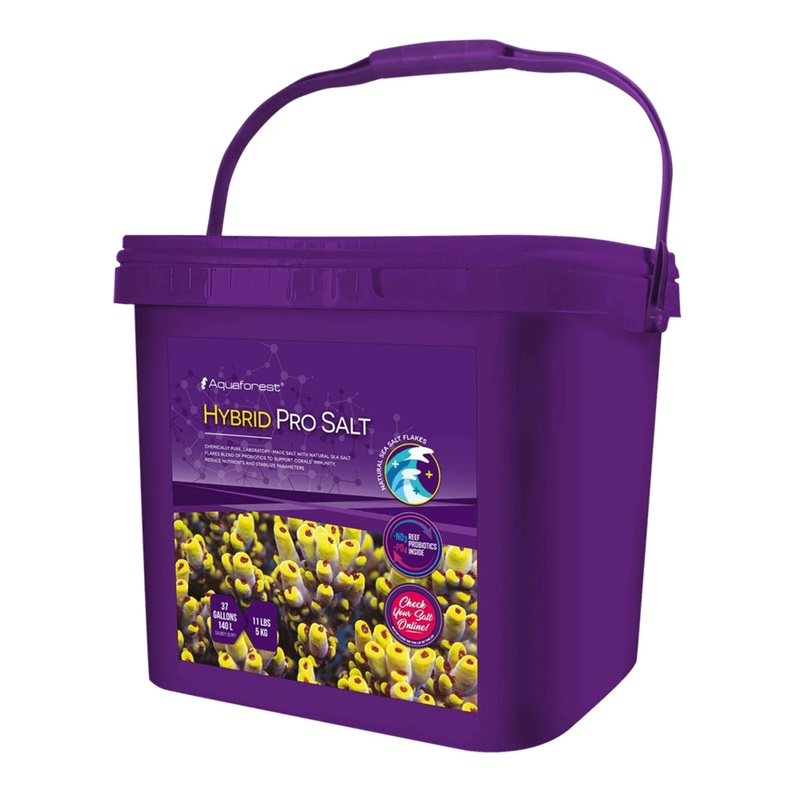
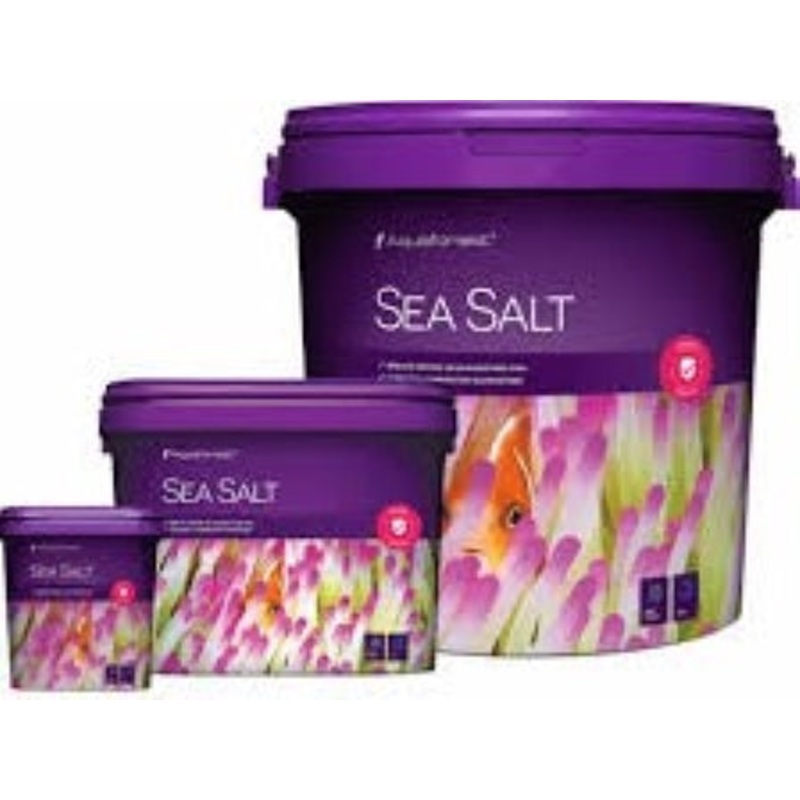
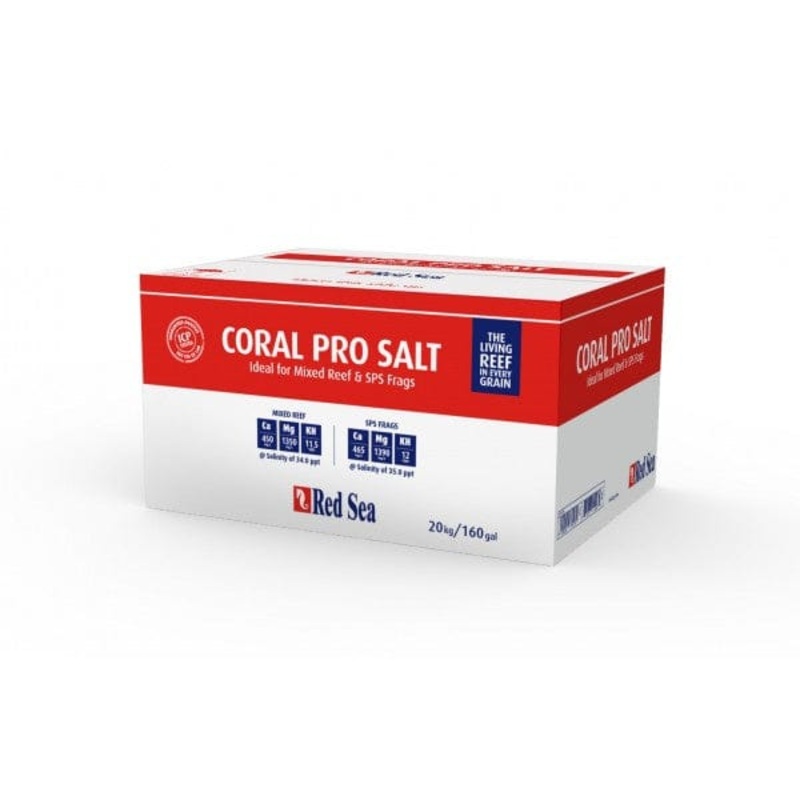
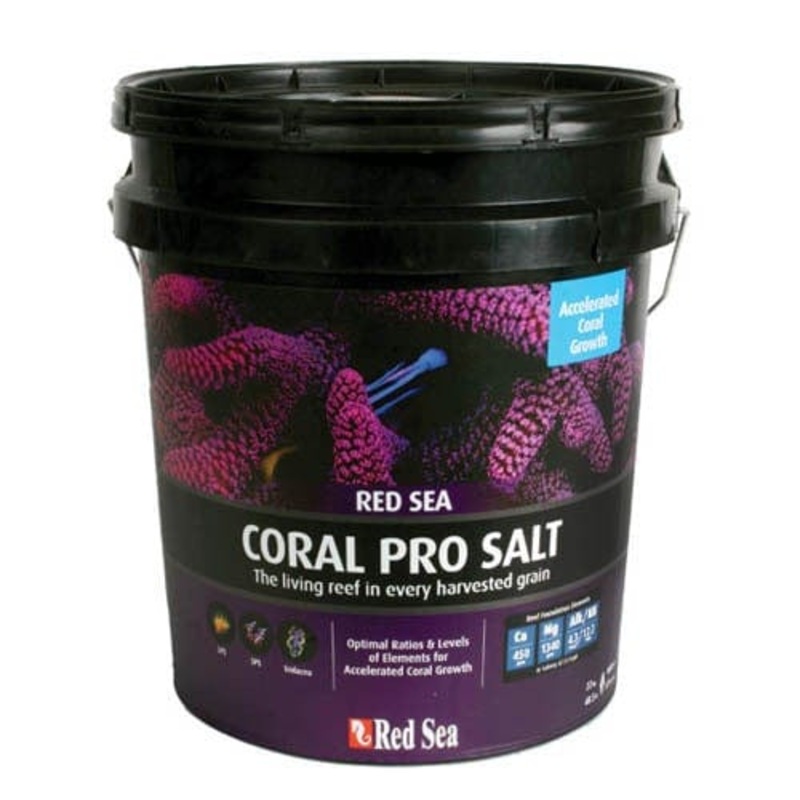
Reviews
There are no reviews yet.